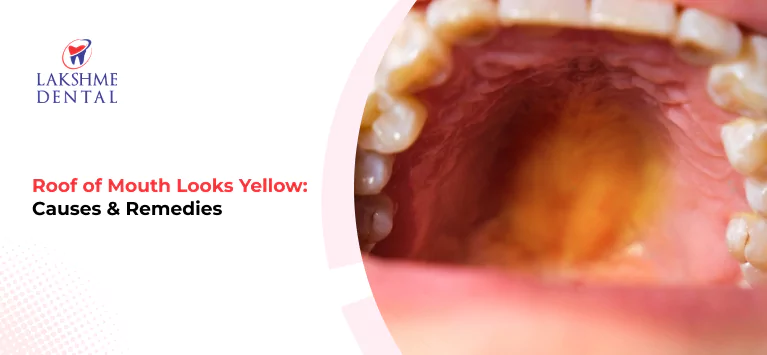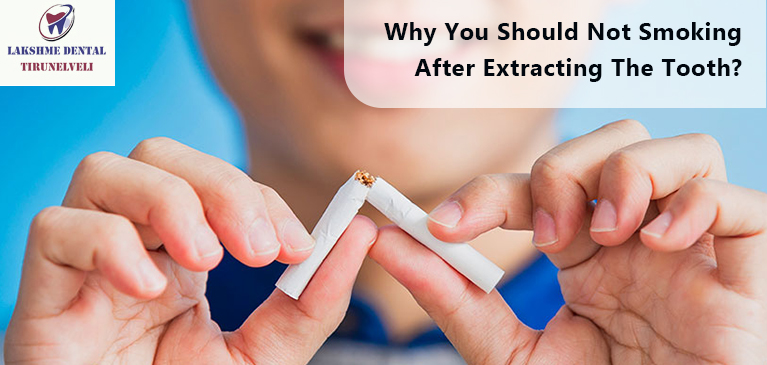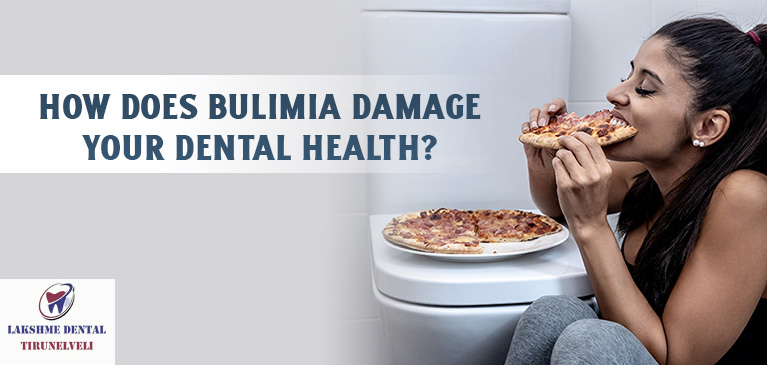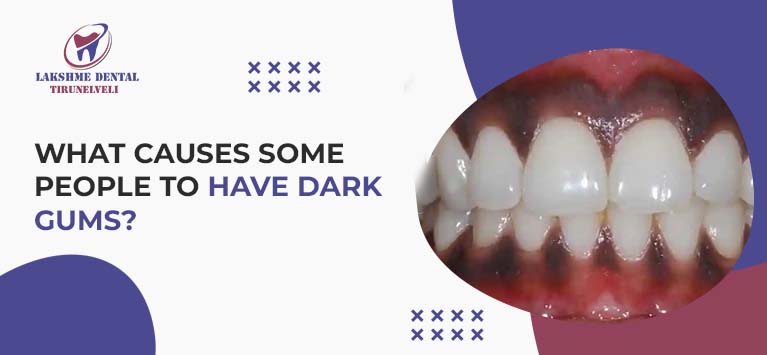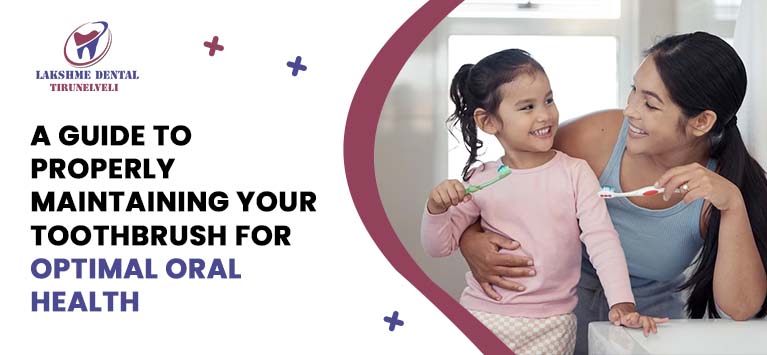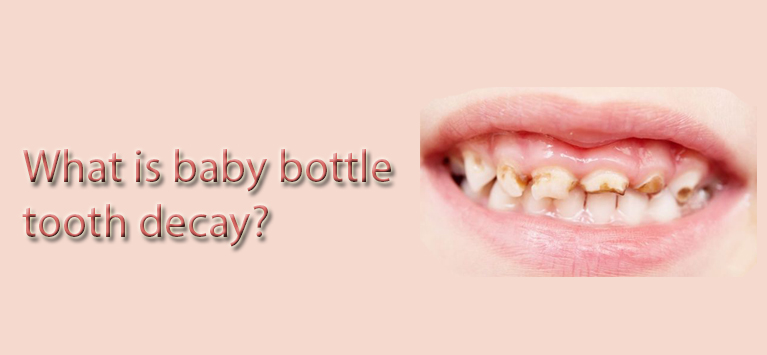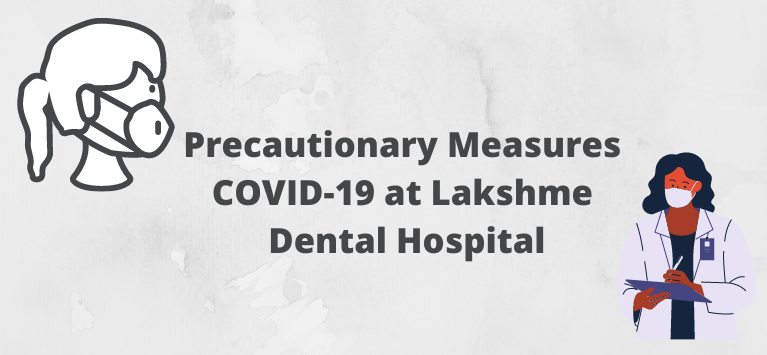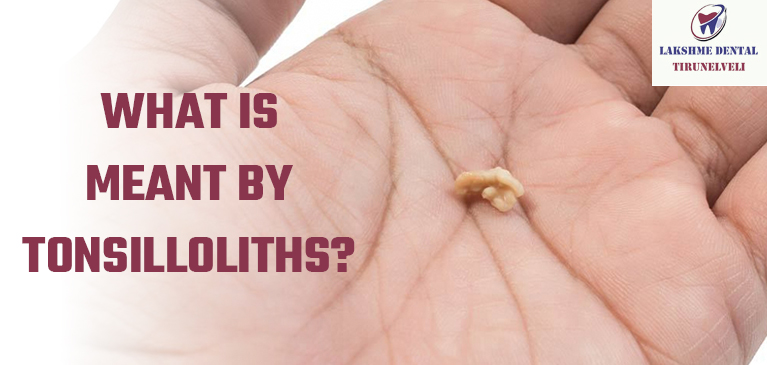
What Is Meant by Tonsil Stones?
Tonsil Stones (clinically known as Tonsilloliths) are crystallized substances formed on or within the tonsils. The tonsils are flesh pads located at the back of our throat and take care of filtering the germs that enter our body via mouth. Our tonsils are lined with many pits and crannies called tonsil crypt, which lodges the dead cells, mucus and saliva. When such debris over the lymph nodes hardens, it leads to tonsil calculi (or) tonsil stones.
In general, the tonsil stone size ranges from small as rice grain to large as a grapefruit. Tonsilloliths will not be a problematic condition unless the infections go deep to develop an abscess.
What are the signs of tonsil stones?
The tonsil stones are hard to see because they look like tiny white or yellowish balls stripped around the throat. Majorly, this condition shows no symptoms whilst it shows certain noticeable symptoms when the stones grow larger.
Common tonsil stones symptoms include:
- Constant bad breath (microbes dwelled in the tonsil stones emit filthy smell)
- Inflammation in tonsils
- Pain in ears
- Sore throat & cough
- Sense of feeling like something stuck in your mouth
- Difficulty in chewing
What are the long-term risks of tonsil stones?
Tonsil stones are commonly harmless whilst it will be troublesome if the stone grows large. When the calculi grow, it allows bacteria to stagnate and eventually damages the tonsil tissues.
The possible complications associated with tonsil tissue disruptions include:
- Tonsil infections
- Gum diseases
- Tooth decay
- Oral infections
Note: Tonsil stones are developed with a biofilm made up of saliva and microbes in our mouth. Common dental problems like tooth decay also happen with biofilm.
Extracting the stone manually or clinically immediately when you notice the symptoms is the best way to prevent such harmful consequences.
How can you treat tonsil stones?
In certain cases, tonsil stones can be removed in home with vigorous gargling or with appliances like water pick, cotton swab. You should be careful while handling such appliances to dislodge stones in tonsils.
If you feel difficult or witness redness and pain after removing tonsil stones at home, seek dental help.
Gone are the days removing tonsils to get rid of tonsilloliths. You have a plethora of treatment options to extract stones in the flesh pads located at your throat. Here are a few:
1) Laser Cryptolysis – The crevice where the stone developed in tonsils is removed using a laser. It is performed under local anesthesia.
2) Coblation Cryptolysis – It uses a solution and radio waves which transform the solution to charged ions. The charged ions are used to extract the crevices.
3) Tonsil Cryptolysis – Reshaping the tonsils to reduce the number of crevices that in turn, minimize the growth of crystallized substances in tonsils.
4) Tonsillectomy – It involves surgically removing the tonsils but rare are the cases that mandate tonsillectomy. A dental surgeon recommends this when the infection is severe and cannot be treated with other treatment options.
5) Antibiotics – Antibiotic treatment is prescribed to address bacteria infections provoked by microbes in tonsil stones.
Many people are not aware of tonsil stones as it is less common. It is quite difficult to prevent tonsilloliths unless you maintain proper oral hygiene activities. If you want to know more about this condition, treatments and prevention tips, contact our dentists today.

